Fruit Tree Hedge Spacing – Tips For Making A Hedge Out Of Fruit Trees
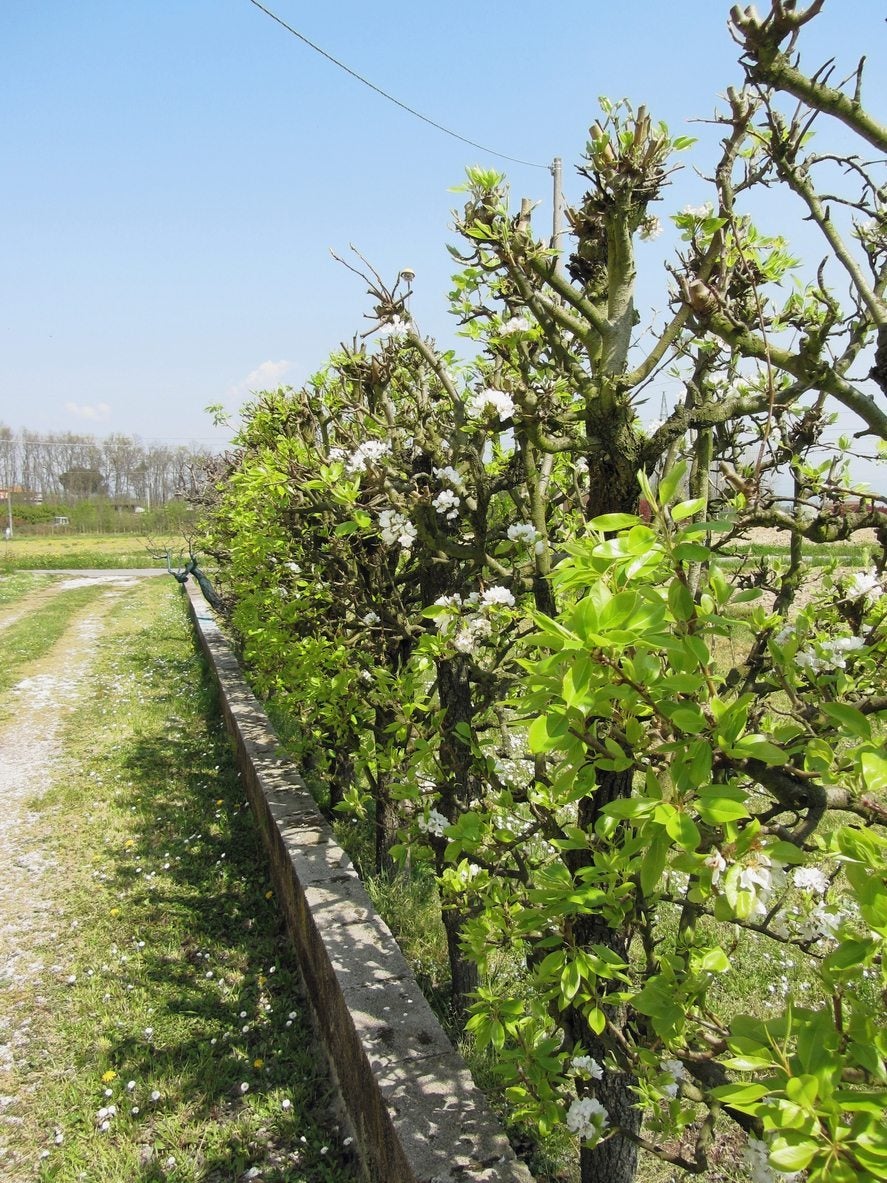
Can you imagine having a row of fruit bearing trees as a natural fence? Today’s gardeners are incorporating more edibles into the landscape including making hedges out of fruit trees. Really, what’s not to like? You have access to fresh fruit and a natural, beautiful alternative to fencing. One of the keys to successful fruit tree hedges is correct fruit tree hedge spacing. Intrigued and want to know how to plant a fruit tree hedge? Keep reading to find out about making a hedge out of fruit trees and how close to plant fruit trees.
How to Plant a Fruit Tree Hedge
When considering fruit trees to use as hedging, it is best to stick with dwarf or semi-dwarf varieties. Larger trees can be pruned down to restrain their size, but then you are constantly pruning. All kinds of fruit trees can be used to create a hedge from cherries to figs to apples to citrus. Be sure to plant trees that are suitable for your region. Your local extension office can help you with information about trees that are adapted to your USDA zone. When making a hedge out of fruit trees, consider how high you want your hedge. Most hedges will look their best and produce the most fruit when allowed to get to their natural height. If what you want, for instance, are plums that are going to end up being too high, consider alternatives such as bush cherry plums, which grow into more of a shrub and are, thus, much shorter than a plum tree.
How Close to Plant Fruit Trees
The spacing for a fruit tree hedge depends upon the type of training system used as well as the specimen. If you want a thick, dense hedge, dwarf rootstocks can be planted as close as 2 feet (61 cm.) apart. Spacing for a fruit tree hedge using super-dwarf rootstock can be planted even closer still, as close as a foot (31 cm.) apart. Trees planted that close will need a little extra TLC in the form of additional irrigation and fertilizer since they are competing for nutrients. If you choose to train the trees into an espalier, you will need room for the widely splayed branches. In this case, trees should be spaced about 4 to 5 feet (1-1.5 m.) apart. If you are training the trees to espalier vertically, they can be planted as close together as the above hedge trees. Also consider pollination when thinking about spacing for a fruit tree hedge. Consider the distance from other pollination sources. Many fruit trees require pollination from another variety of the same fruit. You may have to plant another tree nearby or mix several varieties of fruit into the same hedge. Remember, pollination partners need to be within 100 feet (30.5 m.) of each for best results. Plus, while their bloom cycles don’t need to be the same length, they do need to overlap.
Gardening tips, videos, info and more delivered right to your inbox!
Sign up for the Gardening Know How newsletter today and receive a free copy of our e-book "How to Grow Delicious Tomatoes".

Amy Grant has been gardening for 30 years and writing for 15. A professional chef and caterer, Amy's area of expertise is culinary gardening.
-
 8 Perfect Flowers To Plant With Tomatoes To Boost Yields & Banish Pests
8 Perfect Flowers To Plant With Tomatoes To Boost Yields & Banish PestsDon’t forget flowers when choosing companion plants for your tomato beds or pots. These pretty, fragrant flowers add beauty but are also highly beneficial.
By Mary Ellen Ellis
-
 Want The Longest Lasting Hydrangea Flowers? Grow These 8 Panicle Hydrangea Varieties
Want The Longest Lasting Hydrangea Flowers? Grow These 8 Panicle Hydrangea VarietiesFor ornamental shrubs that deliver the longest flowering seasons with plush blooms and delicate hues, these panicle hydrangea varieties are essential in your yard
By Tonya Barnett
-
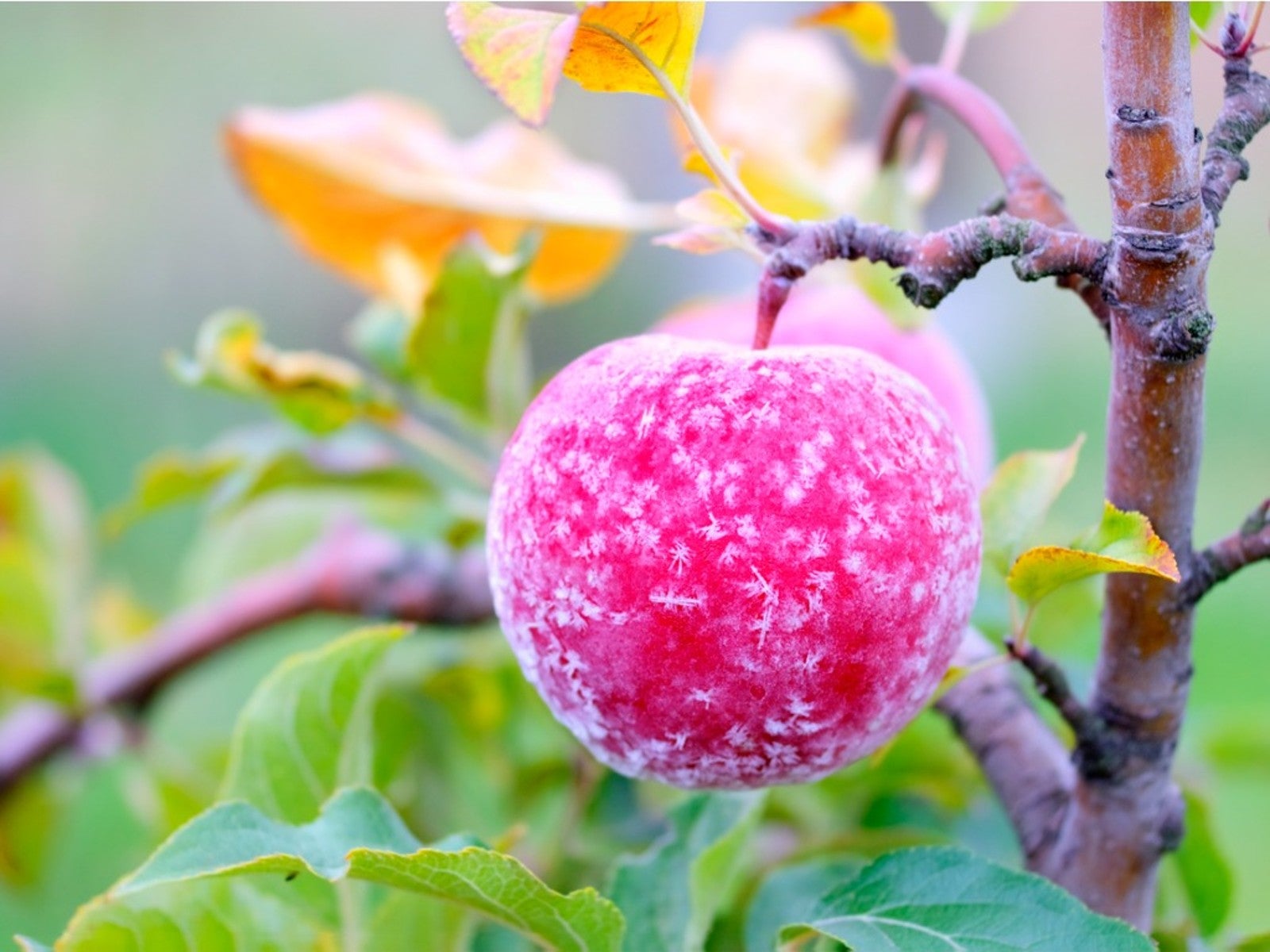 How To Protect Fruit Trees From Frost And Freeze
How To Protect Fruit Trees From Frost And FreezeChoosing fruit trees appropriate for your growing zone is best, but you still may need to protect them from extreme cold. Read how.
By Bonnie L. Grant
-
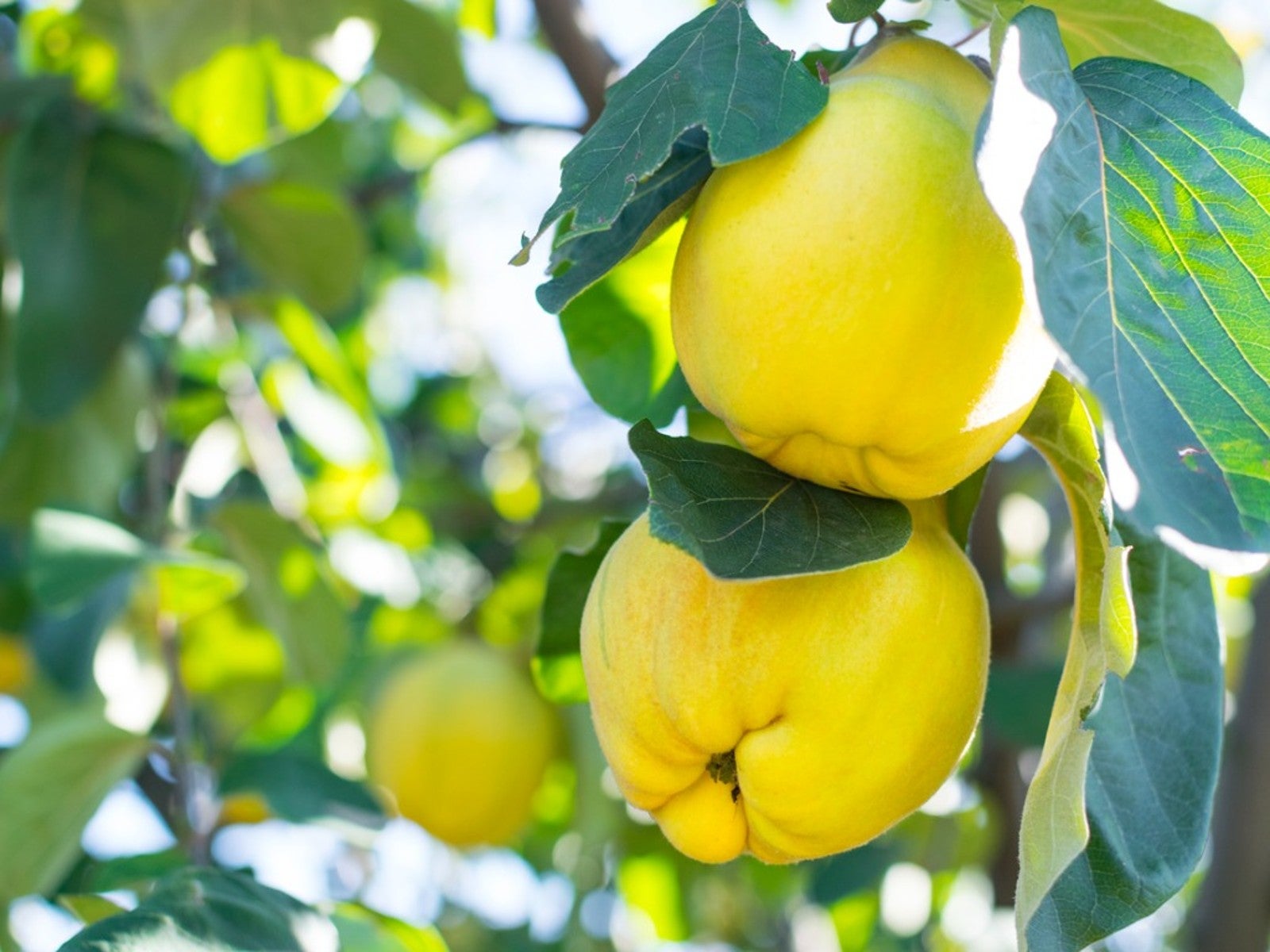 Best Plants For Late Summer and Fall Fruit Harvest
Best Plants For Late Summer and Fall Fruit HarvestEven if you don’t have the optimal conditions for more common fruit trees, there are other end of summer fruits to enjoy.
By Teo Spengler
-
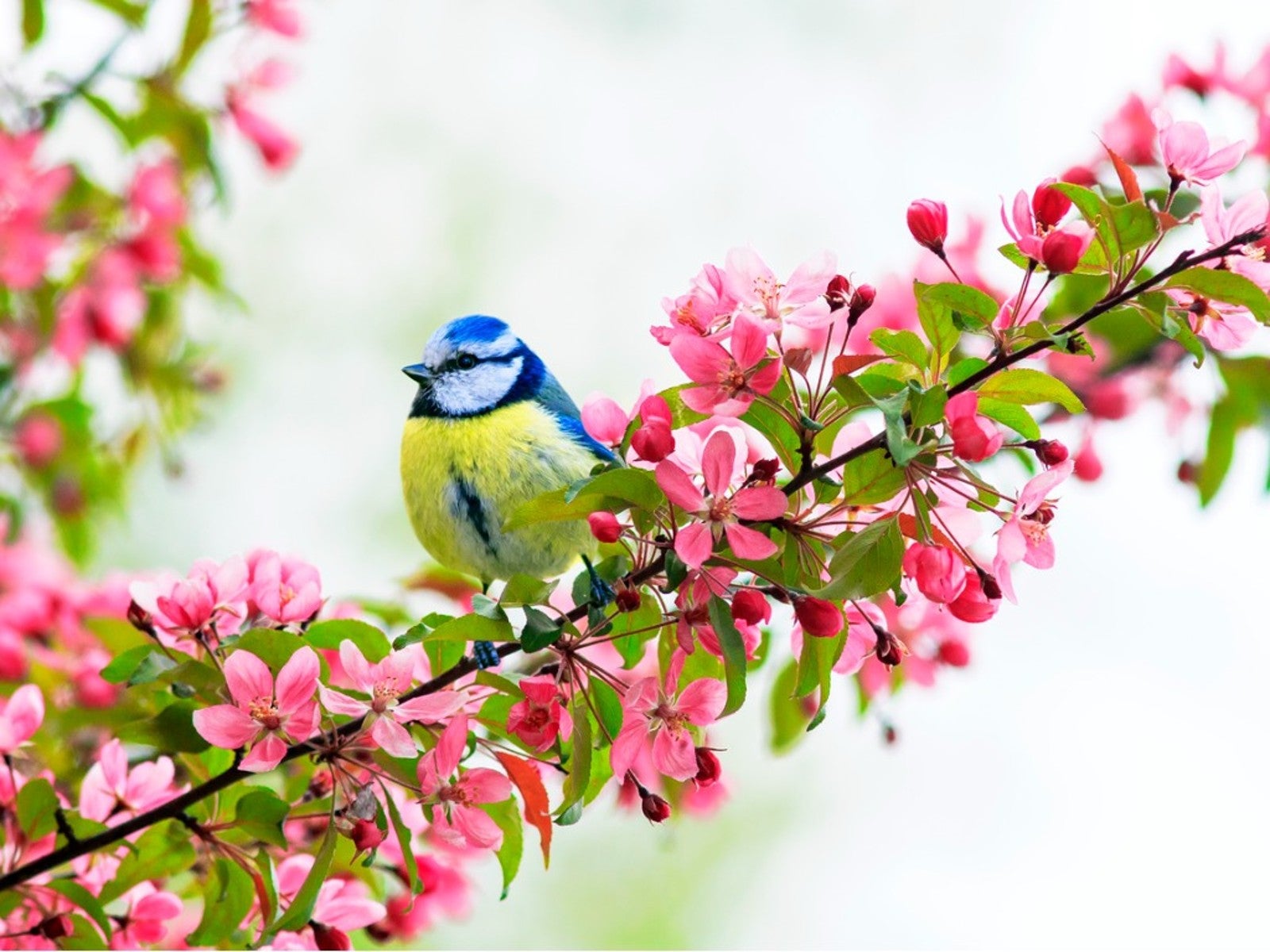 Best Native Fruit Trees To Support Wildlife
Best Native Fruit Trees To Support WildlifeIf you want trees that will attract and feed wildlife, learn the best kinds of edible fruit and nut trees to plant for inviting specific creatures.
By Teo Spengler
-
 Orange Fruit Varieties: Growing Fruits That Are Orange
Orange Fruit Varieties: Growing Fruits That Are OrangeOrange colored fruit isn’t limited to the citrus orange. There are plenty of other orange colored fruit varieties, each packing a healthful punch. Read on for more.
By Amy Grant
-
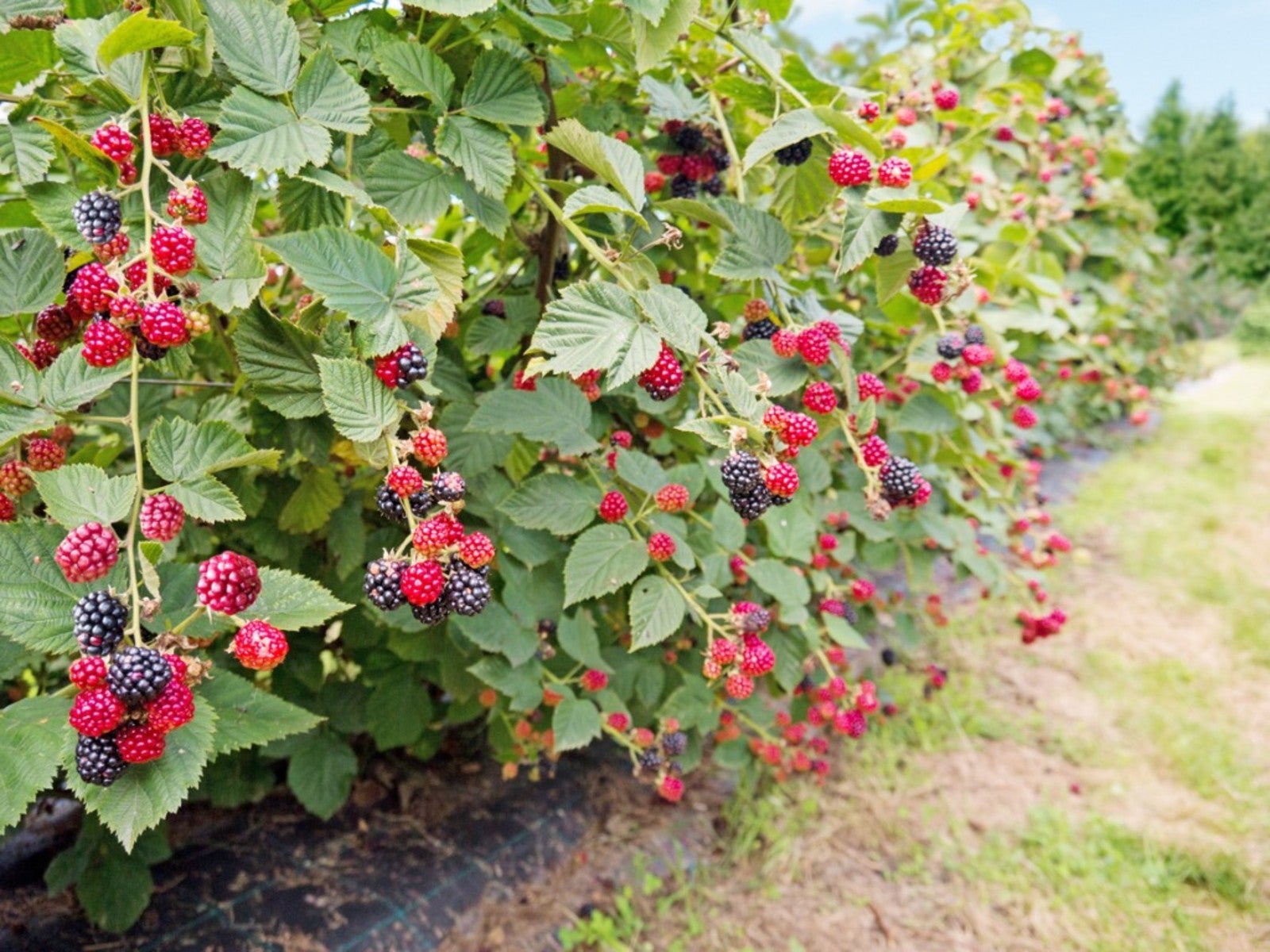 Everbearing Plants: Learn About Everbearing Varieties Of Fruit
Everbearing Plants: Learn About Everbearing Varieties Of FruitWhat does everbearing mean? And more importantly, how do everbearing varieties differ from non-everbearing types? Read on for more.
By Laura Miller
-
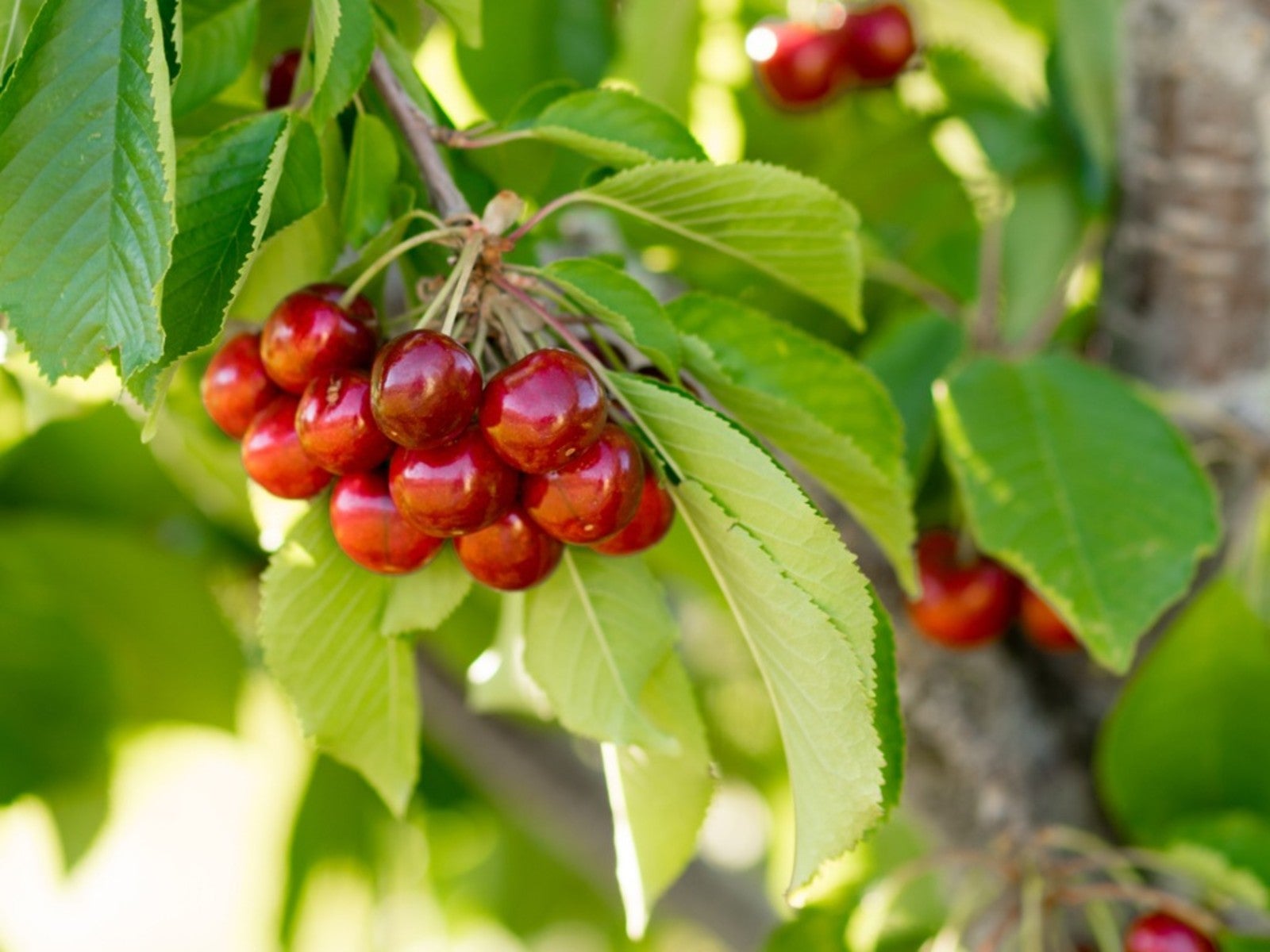 Plant A Red Fruit Garden: Growing Fruits With Red Flesh
Plant A Red Fruit Garden: Growing Fruits With Red FleshPlanting a red fruit garden may seem a bit whimsical. That is, until you realize the health benefits of consuming fruits with red flesh.
By Laura Miller
-
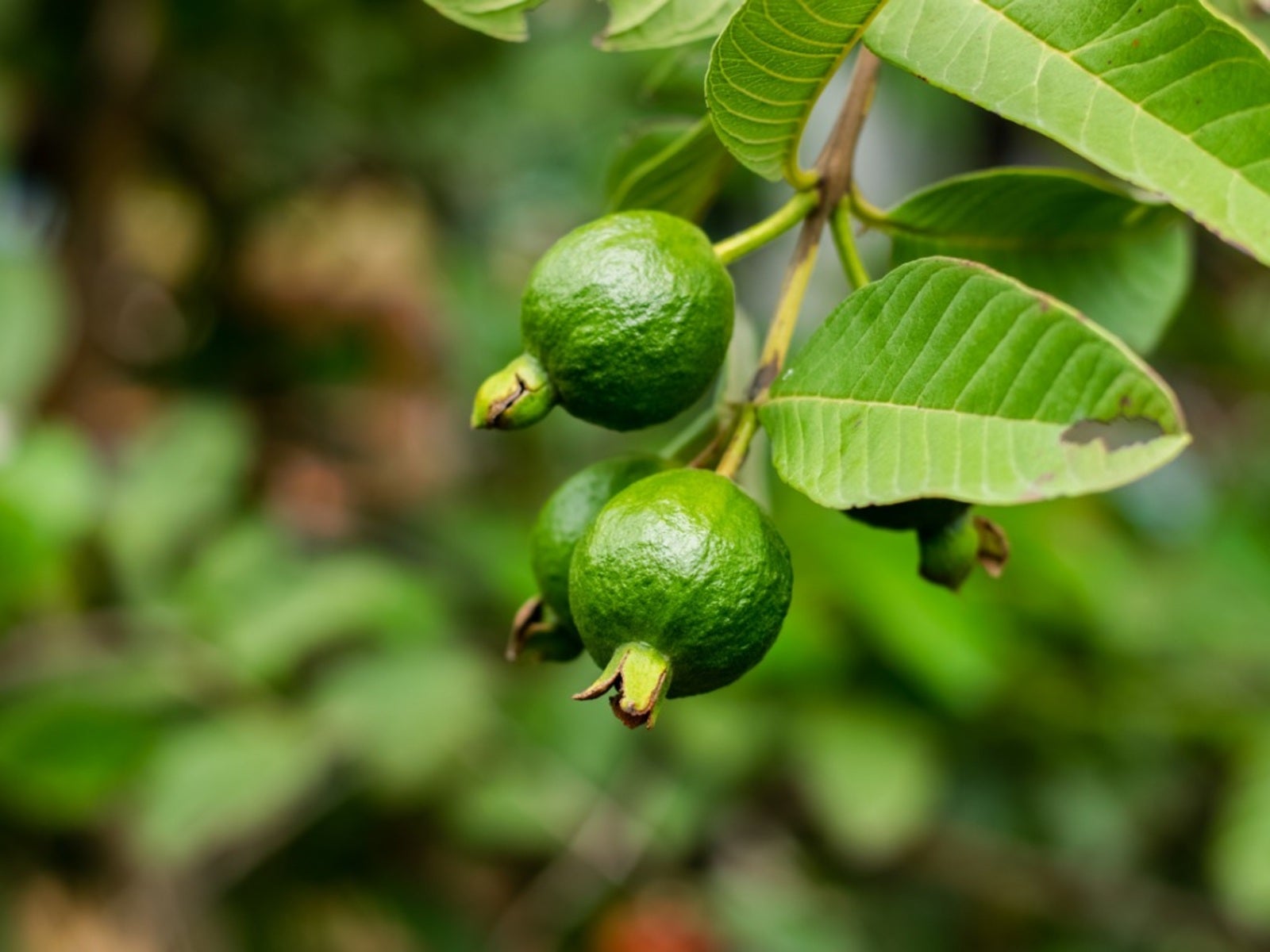 Heat Tolerant Fruits - Growing Fruit In Hot Weather
Heat Tolerant Fruits - Growing Fruit In Hot WeatherSome fruit grows in extreme heat naturally. But there are also specially cultivated, heat-tolerant varieties. For more information on heat tolerant fruits, read on.
By Teo Spengler
-
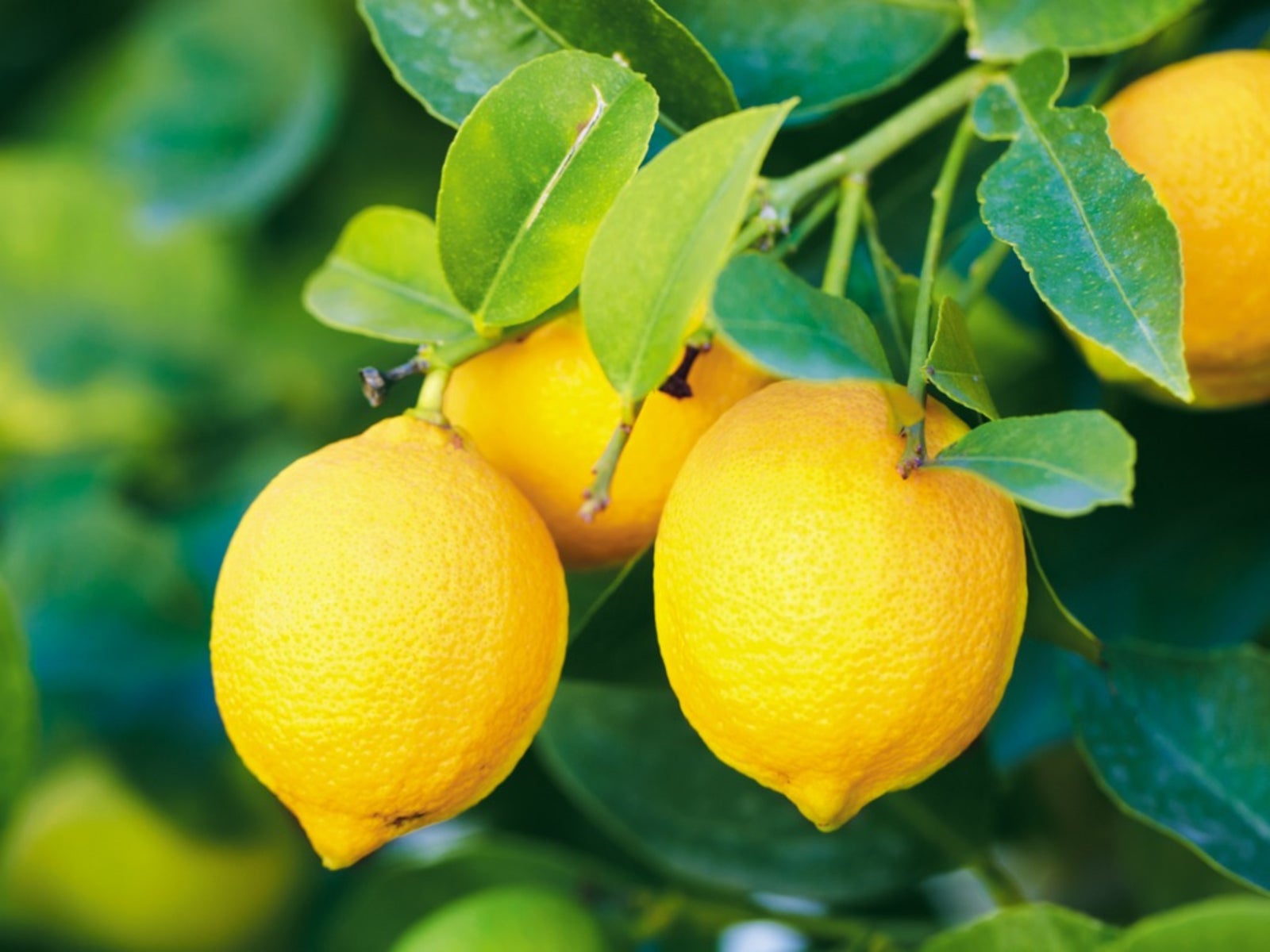 Yellow Fruit Varieties - Growing Fruit That Is Yellow
Yellow Fruit Varieties - Growing Fruit That Is YellowWhat fruit is yellow? There's more than the bananas at the supermarket. Try growing yellow fruit for a consistent supply of sunny food.
By Bonnie L. Grant